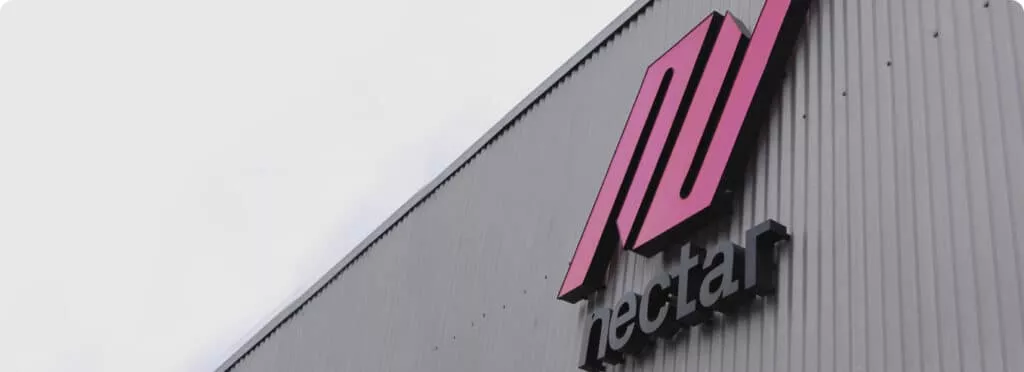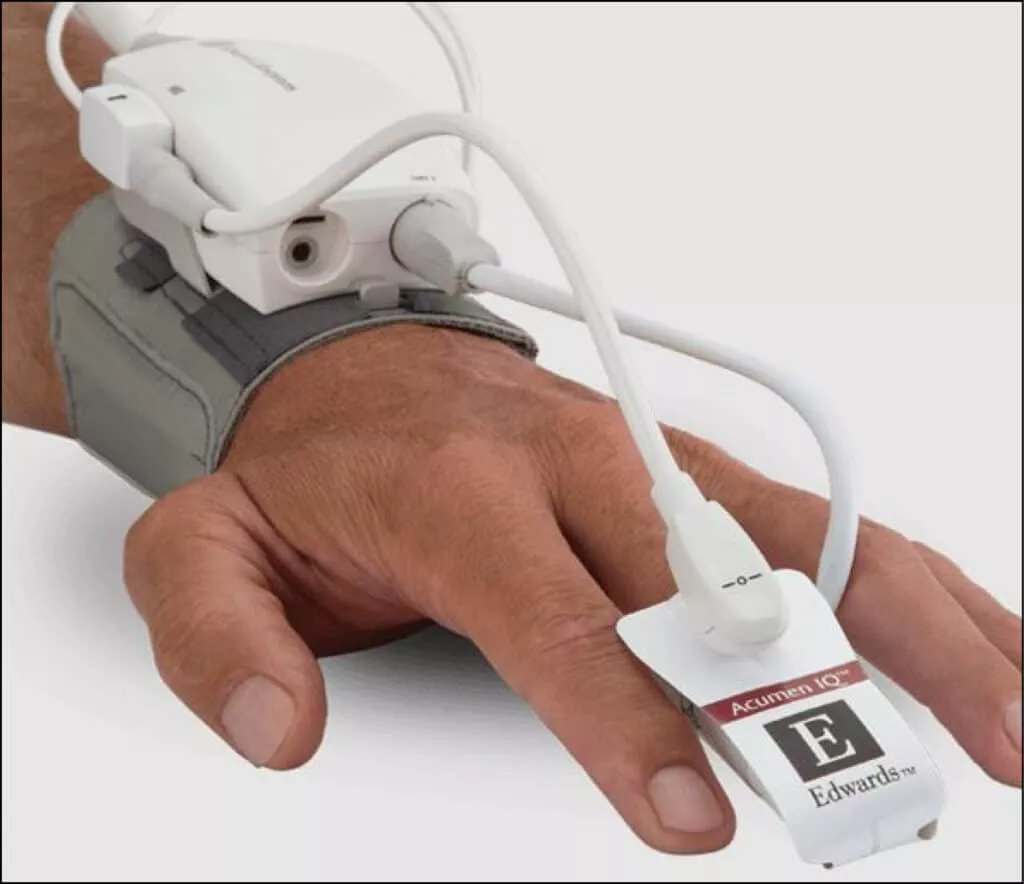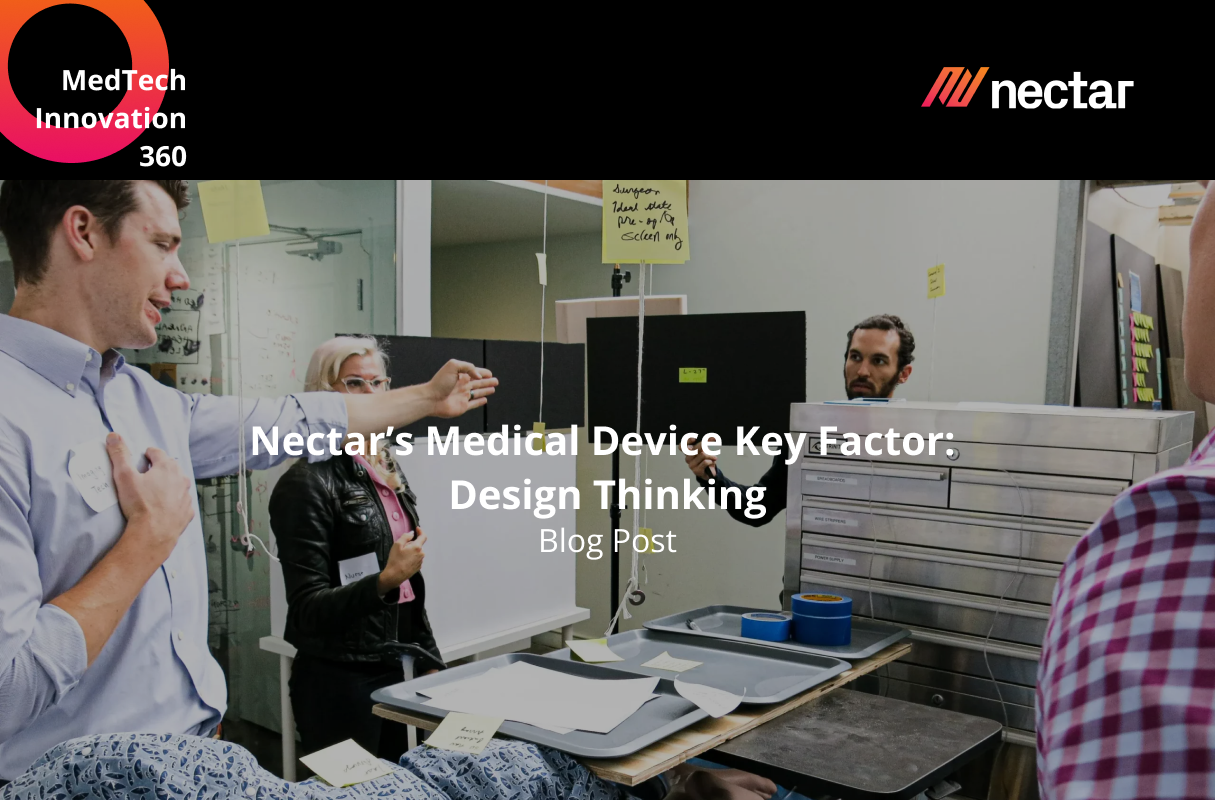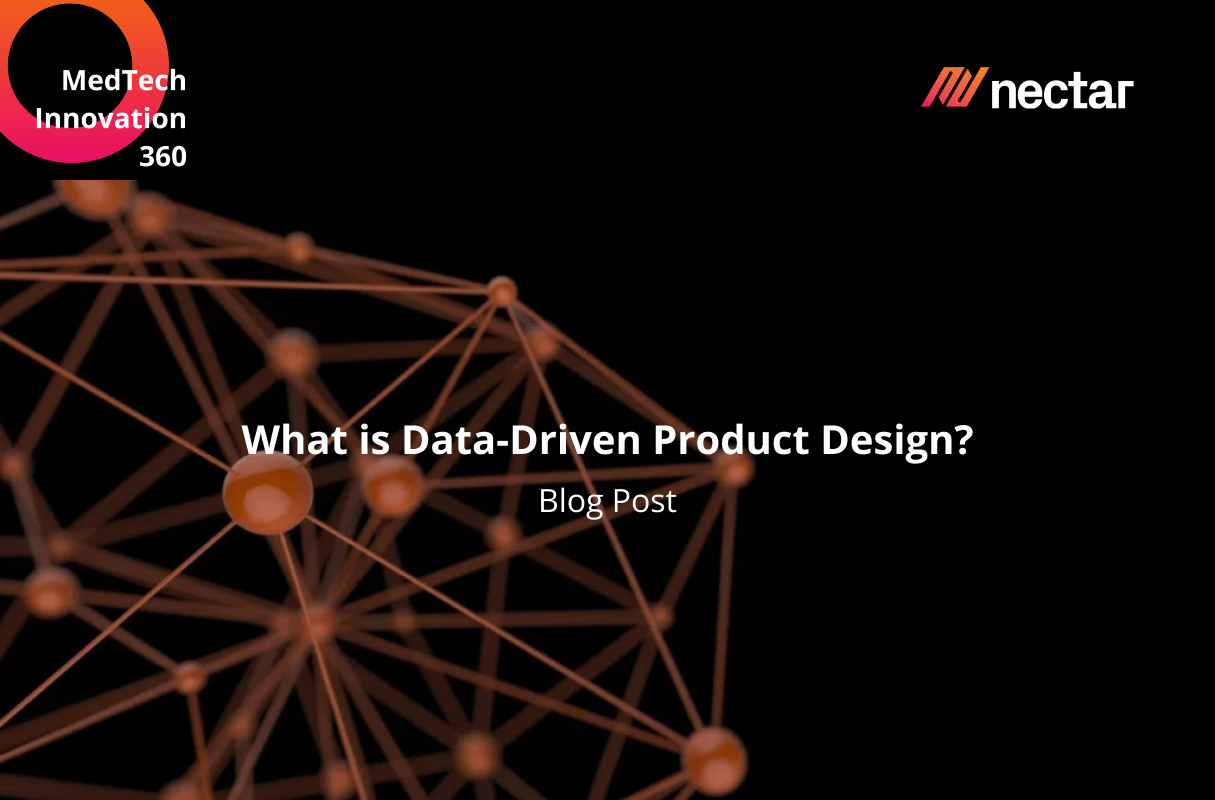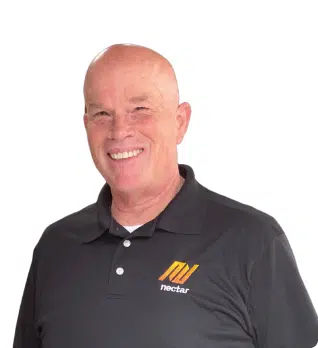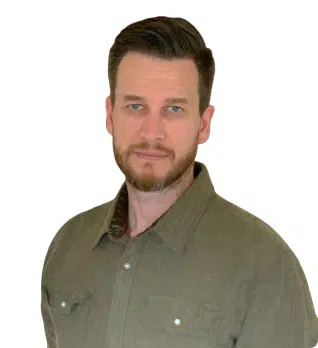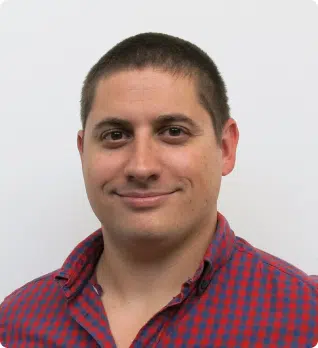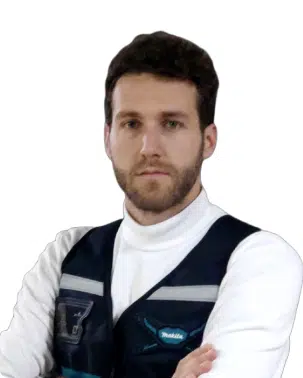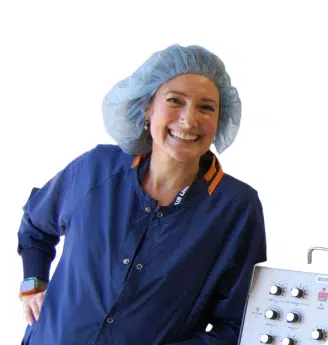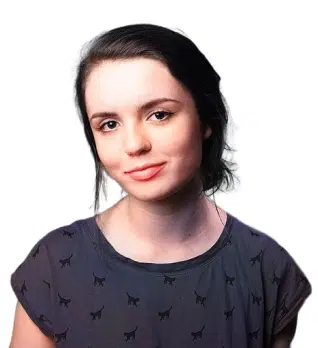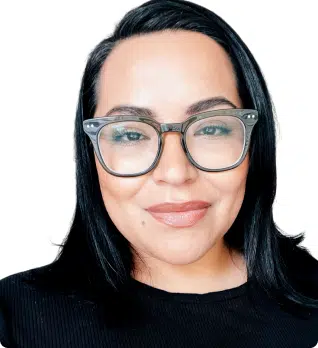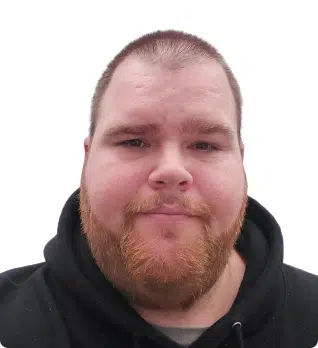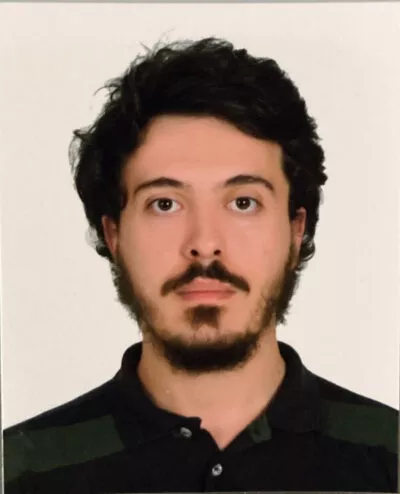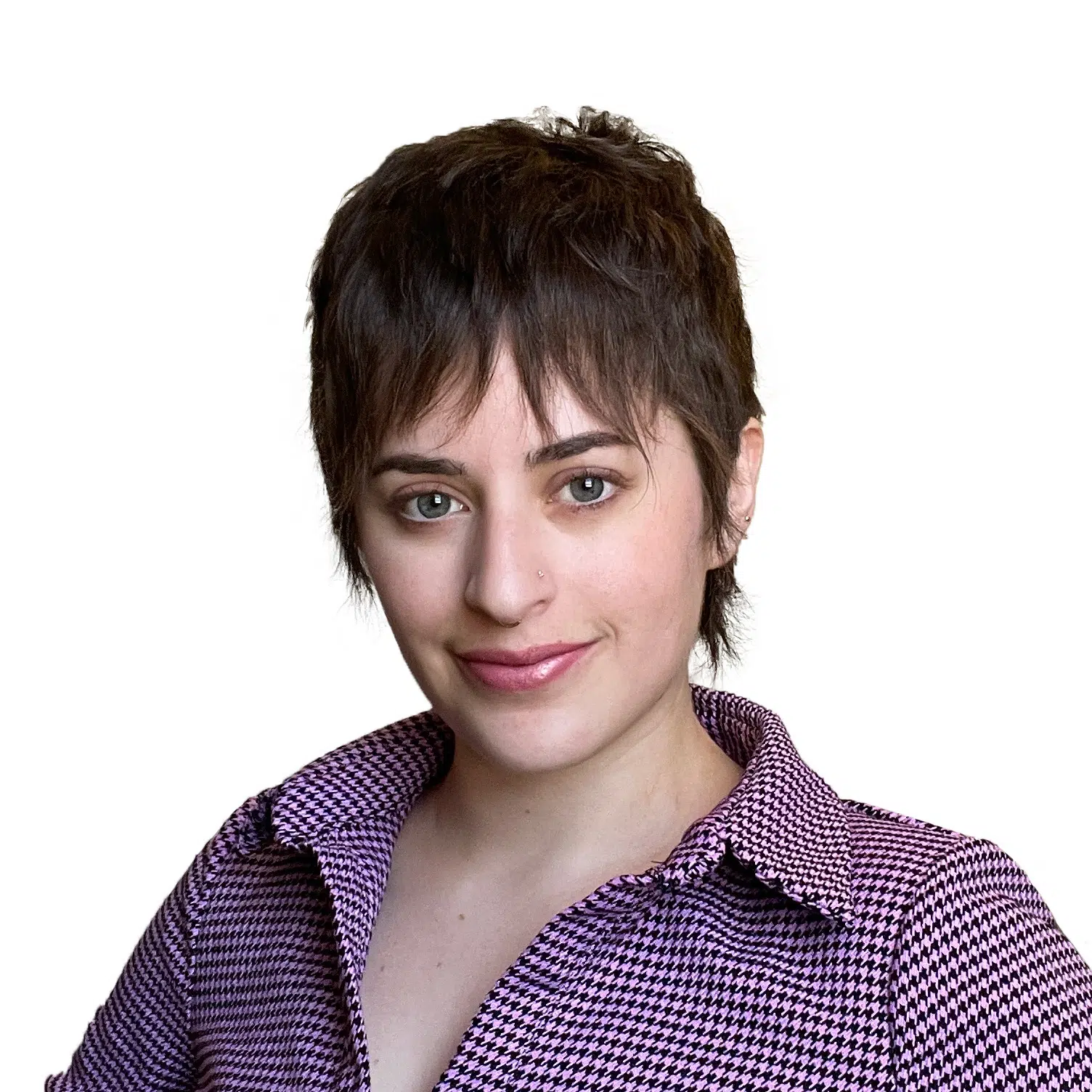Navigating the complex waters of medical device development is akin to setting sail on an exciting but challenging voyage. The promise of innovation is tantalizing, but the need to adhere to stringent regulatory requirements and standards can feel like taming a wild sea. In this journey, having an experienced captain like Nectar Product Development, armed with ISO 13485:2016 as the navigational chart, FDA regulations as the guiding constellations, and bolstered by systems engineering, ISO 14971, and pFMEA, is essential. We seamlessly blend the winds of innovation with the North Star of compliance, ensuring a course that leads to success.
The Role of Systems Engineering in Medical Device Development
The clinical development of a medical product or device is a rigorous, highly regulated process. Success hinges on an efficient design and manufacturing process, especially when seeking FDA approval. However, with various experts involved in different aspects of the project, challenges can quickly arise. Communication gaps and a lack of holistic oversight often lead to project failures, including budget overruns and compliance issues.
Enter the Systems Engineer, a pivotal team member who plays a crucial role in ensuring project success. A Systems Engineer deals with the design, development, deployment, and maintenance of systems. In the context of medical device development, a system comprises a complex interplay of people, technology, and procedures. Much like the human body’s different systems, medical devices have various components that interact with each other, spanning electronics hardware, electromechanical systems, software design, and more. Systems Engineers act as conductors, bridging gaps between diverse disciplines to ensure project clarity and harmony.
Looking to Ensure Success in Design and Manufacturing Medical Devices?
Inevitably, problems can quickly arise with so many different “cooks in the kitchen”. It’s not uncommon for various team members to work separately, or for many domain specific experts to not have full visibility and/or understanding into all of the systems. For example, the designers may be highly skilled at what they’re doing, but fail to consider something that the engineers would have thought was obvious, and vice versa. The lack of big-picture oversight and project coordination is a major cause of project failure—leading to improper scoping, budget overruns, poor user experience, wasted time and money, failing tests, and more.
Fortunately, there is one crucial team member who can help ensure ultimate project success: the Systems Engineer.
What Is a Systems Engineer?
A Systems Engineer is a person who deals with the design, development, deployment, and maintenance of systems. You can think of a system as a complex collection of people, technology, and procedures that work together to solve a problem or achieve a goal. A good analogy is the human body, which has seven different systems that all interact with each other. Complex products such as medical devices also have various systems that interact with each other. The engineering spectrum, or “systems”, for a particular medical device project will touch on everything from electronics hardware to electromechanical and software design, as well as related disciplines like product usability and graphical interface design. Much like a symphony conductor, the Systems Engineer bridges the gap between these and other disciplines to bring clarity and harmony throughout the development lifecycle.
How Systems Engineers Work
Systems Engineers are involved in architecting medical device solutions from the very beginning of a project. They are adept at seeing the big picture, as well as all the intricate details. From this vantage point, they are able to coordinate with all the other experts on the project. Most importantly, however, they help identify the key risks and constraints and determine how to design test protocols and other mitigation response plans. They also need to ensure that all aspects of systems engineering are incorporated into the final product, so it will meet regulatory requirements. Initially, Systems Engineers “zoom out” and examine everything from a 30,000 foot perspective. Then, they work with the team to put together the main framework, or skeleton, of the project and identify key components the system (i.e., the final product) is going to need in order to operate. The Systems Engineer’s job is to see everything holistically—both the overall project itself as well as the interplay between the project team members and their specific domain knowledge and expertise. As projects progress, Systems Engineers also “zoom in” on the details of the project. They can go back and forth between the micro and macro views easily. Systems Engineers help ensure that the right parts are in place to prevent errors and ensure product safety and efficacy. They oversee all of the different components that contribute to the end user’s experience of a medical device. They also work on things like software, hardware, usability, interface design and machine learning — all with the ultimate goal of preventing harm to patients.
What’s more, successful systems engineers must be highly organized as well as highly adaptable.
The Role of Model-Based Systems Engineering (MBSE) in Medical Device Design
Model-Based Systems Engineering (MBSE) has emerged as a cornerstone in the design and development of medical devices. In an industry where precision, safety, and compliance are paramount, MBSE offers a structured and efficient approach that addresses the complexities inherent in modern medical devices.
1. Comprehensive System Understanding
MBSE allows for a holistic view of the entire medical device system. It provides a platform for capturing, managing, and visualizing complex interactions between various components, ensuring that no critical detail is overlooked. This comprehensive understanding is essential for designing devices that meet stringent regulatory requirements and safety standards.
2. Improved Collaboration and Communication
In a collaborative environment involving engineers, clinicians, regulatory experts, and other stakeholders, clear communication is imperative. MBSE employs visual models that transcend language barriers, making it easier for multidisciplinary teams to collaborate effectively. It facilitates the translation of user needs into design specifications and ensures that everyone involved shares a common vision throughout the development process.
3. Early Issue Identification and Resolution
One of the primary advantages of MBSE is its ability to detect potential issues early in the design phase. Through simulation and validation of system models, engineers can identify and rectify problems before they escalate, reducing costly rework and delays in the development timeline.
4. Enhanced Traceability and Documentation
Regulatory bodies demand rigorous traceability and documentation throughout the device lifecycle. MBSE provides a digital thread that traces requirements, design decisions, and verification activities. This transparency simplifies the regulatory approval process, as auditors can easily track the device’s history from concept to deployment.
5. Adaptability and Iteration
Medical device design often requires iteration and adaptation to evolving user needs and regulatory changes. MBSE models can be modified and updated more efficiently than traditional paper-based methods, ensuring that devices remain compliant and competitive in the market.
Top Five Tips for Working With a Systems Engineer
Here are five tips on how to work with Systems Engineers to meet and exceed your expectations and requirements for your medical device. These tips are especially crucial if you’re pursuing FDA approval!
1. Involve a Systems Engineer Early in the Project
The most critical function that a Systems Engineers plays at the beginning of a project is to identify and address the most technically challenging things up front. According to Nectar’s founder and CEO Darren Saravis, “That’s the hallmark of a really good Systems Engineer”. Unfortunately, teams often skip this fundamental step—only to later discover unidentified risks that can cause significant rework or even derail the project. “We have learned that while many project teams have the right technical expertise (mechanical engineering, software design, etc.), there will inevitably be ‘blind spots’—such as a proven user-centered design experience,” Saravis said. “The Systems Engineer’s job is to have 20/20 vision to help eliminate and overcome any missing elements.”
2. Design with the End User in Mind
The customer doesn’t care how the microprocessor works—or how some other intricate piece of your technology was made. What are they interested in? Whether the final device works flawlessly, as intended, and solves their problems. To be a success, your product absolutely must be designed with the end user in mind. However, all of those other detailed elements running in the background are vitally important, even if the customer never notices or understands them; the Systems Engineer’s job is to make sure that the end result works properly, incorporates fail safe designs, and does so at a high standard.
3. Validate Early and Often
Systems Engineers are adept at guiding medical device projects through a validation cycle to confirm that the device meets its specifications set forth in the requirements. At Nectar, our Systems Engineers follow a rigorous process to validate the feasibility and viability of products—and ultimately meet ISO 13485 standards. This is not a process to attempt last minute, and it’s also not a one-and-done deal. Instead, validation processes should happen regularly throughout the process, starting early on and occurring frequently.
4. Avoid Groupthink
It is common for project teams to tailor their solutions around prevalent or dominant opinions and expertise—such as focusing too heavily on hardware design, software, or other disparate aspects. The Systems Engineer is responsible for aligning all aspects of the project, which alleviates groupthink and balances competing interests and priorities.
5. Maximize Your Investment
By focusing on identifying and solving the toughest challenges and risks from the very beginning of projects, Systems Engineers help companies optimize their investment. Risk mitigation is all about spending the least amount of money to get the most amount of information, which is a major part of what a Systems Engineer brings to the team. In addition, Systems Engineers also assess and manage critical parameters—things that are difficult, important, or new during a project. Rather than spending months or years and millions of dollars tackling the “easy” things first and addressing problems later—Systems Engineers guide teams by properly iterating, testing and validating at every step of the way. This agile development approach is proven to produce better results.
FDA 21 CFR Part 820.30 – Design Controls and Preplanning
FDA 21 CFR Part 820.30 places a strong emphasis on design controls, which necessitate meticulous preplanning. This involves mapping out milestones, anticipating financial and technical challenges, and establishing a clear release timeline for your medical device. According to this regulation, every manufacturer must formulate and uphold plans that outline design and development activities, along with defined responsibilities for implementation. These plans should also encompass interactions with various groups or activities providing inputs to the design and development process, undergoing periodic review, updates, and approval as the development process progresses.
Embracing ISO 14971 for Effective Risk Management
In the medical device development landscape, ISO 14971 plays a pivotal role in effective risk management. This standard specifically addresses risk management for medical devices, providing a structured framework for identifying, assessing, and controlling risks throughout the product’s lifecycle. At Nectar Product Development, we embrace ISO 14971 as an integral part of our risk management strategy. By aligning our processes with this standard, we ensure that risks are systematically evaluated, documented, and mitigated, resulting in safer and more reliable medical devices for the benefit of patients and healthcare providers.
Process Failure Modes and Effects Analysis (pFMEA) for Proactive Risk Mitigation
One of the key components in ensuring the safety and effectiveness of medical devices is the implementation of pFMEA, or Process Failure Modes and Effects Analysis. This systematic approach allows us to proactively identify potential failure modes within the manufacturing and design processes. By conducting pFMEA, we can assess the severity, occurrence, and detectability of these failure modes, ultimately prioritizing which areas require the most attention and mitigation efforts. This proactive approach aligns perfectly with our commitment to risk management, ensuring that every possible precaution is taken to guarantee the quality and reliability of our medical devices.
Working With Nectar’s Systems Engineers
At Nectar, we want to be your Systems Engineering partner early on in the process. We’ll help you start off the right way—or quickly get you back on track if your project started prematurely or has hit a roadblock. The certification process for medical devices — such as pacemakers, defibrillators, and ventilators— is extensive and can be quite technical, according to the U.S. Food and Drug Administration. Our job is to make sure you have outstanding Systems Engineering.Ready to Elevate Your Medical Device Development? Partner with Nectar’s Expert Systems Engineers Today for Seamless Collaboration, Compliance, and Success. Contact Us Now!
